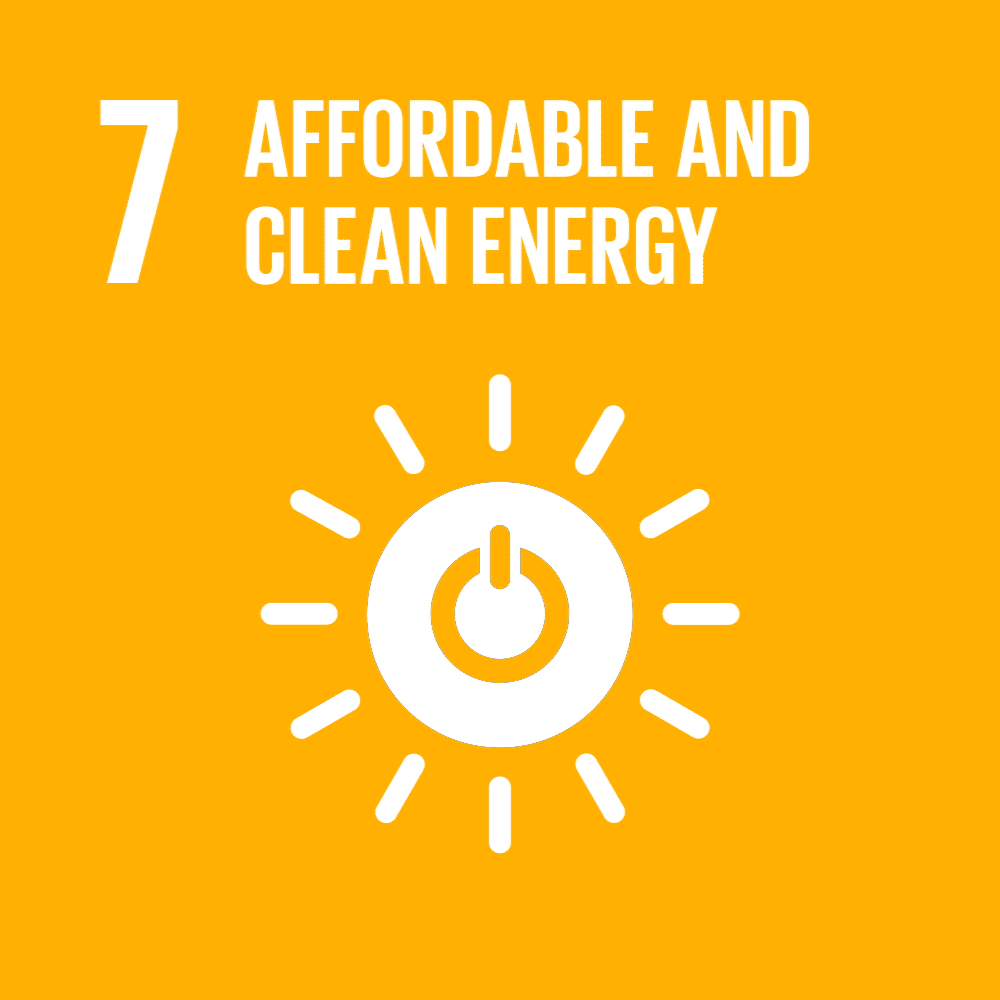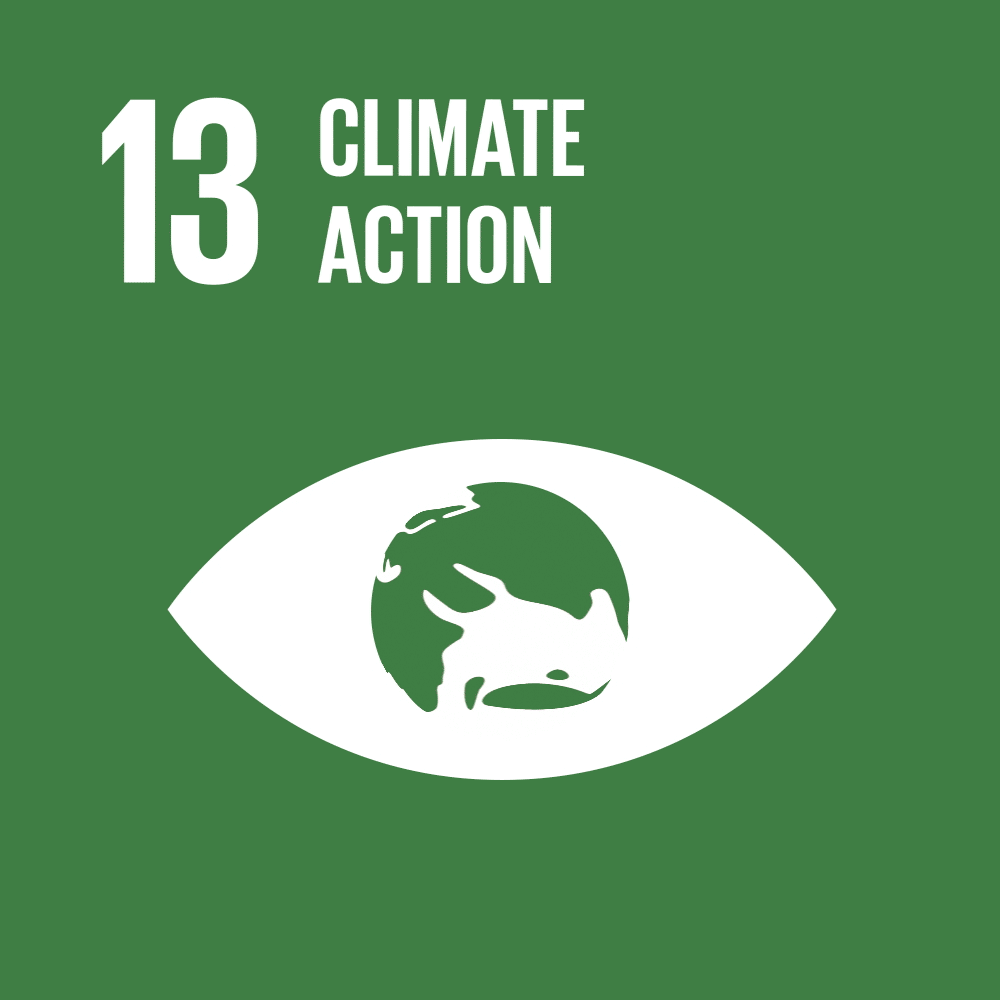The city that doesn't love cars
- Javier Trespalacios
- Jan 21, 2015
- 5 min read
Updated: Mar 24
Amsterdam is renowned for its rich history, picturesque canals, and especially its love for bicycles. With more bicycles than inhabitants, the city has become a model of sustainable transport and an inspiration for other cities around the world.
How Amsterdam became the city that doesn’t love cars
In 2017, according to the Centraal Bureau voor de Statistiek (CBS) [1] and Amsterdam Hangout [2], the capital of the Netherlands had a population of 851'000 inhabitants and 881'000 bicycles, implying more bicycles than inhabitants.

Stop Kindermoord (Stop de kindermoord - against children deaths caused by motor vehicles, The Netherlands s.d.)
The transformation of Amsterdam into a bicycle-centered city was the result of a combination of social, geographical, and political factors:
Social Movements (the power of protest): In the 1970s, the increase in automobiles generated problems with pollution, congestion, and road accidents, many of them fatal, especially affecting children. In response, the group "Stop de Kindermoord" emerged, demanding reforms in urban transport policies to improve cyclist and pedestrian safety. This movement coincided with the 1973 oil crisis, which led many people to seek more economical alternatives and the government to implement new urban mobility strategies (Bike City Amsterdam s.d.).
Flat Terrain (a natural ally): The city's geography facilitates bicycle use for people of all ages.
Infrastructure (a city built for cyclists): Amsterdam has an extensive network of bike lanes, exclusive parking, and specific signage, ensuring safety and comfort.
Mobility Policies (discouraging car use): The city has implemented car-free zones, high parking prices, and vehicle taxes to discourage automobile use. These measures have made traveling by car in the city less attractive (City of Amsterdam 2017).
Sustainable Culture (a commitment to the environment): The Dutch are deeply committed to environmental protection and sustainability, which could be described as "having sustainability in their blood" [3]. Bicycle use, by not emitting greenhouse gases, helps reduce pollution and carbon footprint, while improving the physical and mental health of users.
Economic Savings (accessible transport option): The bicycle is a more economical alternative than cars or public transport. Its low maintenance cost and effectiveness for short distances make it an attractive option for many inhabitants.
Cycling Tradition (a lifestyle from childhood): From an early age, the Dutch use bicycles as part of their daily routine, reinforcing a cultural tradition that has endured across generations and has consolidated Amsterdam as a city where cycling is fundamental.
The Traditional Dutch Bicycle, the "Omafiets"
The Omafiets, or "grandmother's bicycle", is a symbol of traditional urban cycling in the Netherlands. Its robust design and upright riding position make it popular among all ages. Although initially designed for women, its use has extended to men, and brands like Gazelle [4] and Batavus [5] continue manufacturing modern versions of this classic.
The Omafiets (Grandmother’s Bike), the most popular bike in the Netherlands (Photo, Javier Trespalacios)
Sustainable Cities as a Contribution to the Sustainable Development Goals (SDGs)
In 1987, the United Nations report [6] "Our Common Future" defined sustainable development as: "development that meets the needs of the present without compromising the ability of future generations." Cities, as centers of economic and cultural activity, must face challenges such as demographic growth, social inequalities, and environmental impact (Smith 1984).
Herbert Girardet [7] defines a sustainable city as one that minimizes its environmental impact through efficient resource use, emissions reduction, and promotion of renewable energy, ensuring a good quality of life. A sustainable city is planned and managed to achieve a balance between urban development, environmental protection, social welfare, and economic growth. Additionally, it promotes citizen participation and is resilient to the challenges presented by climate and social changes (Girardet, H. 1999).
The development of new sustainable mobility alternatives and a 2'500-space parking facility located near the train station in Amsterdam (Photos, Javier Trespalacios)
The Sustainable Development Goals (SDGs), established by the United Nations in 2015, provide a framework for addressing social, economic, and environmental challenges. Amsterdam, recognized as a sustainable city, uses bicycles as the primary mode of transportation, contributing to several SDGs:
SDG 3 - Good Health and Well-being: Promotes physical activity and improves air quality.
SDG 7 - Affordable and Clean Energy: Bicycles are a clean and efficient mode of transportation.
SDG 9 - Industry, Innovation, and Infrastructure: Cycling infrastructure promotes sustainable urban development.
SDG 11 - Sustainable Cities and Communities: Bicycle use reduces pollution and improves road safety.
SDG 13 - Climate Action: Bicycles decrease carbon emissions and dependence on motorized vehicles.
SDG 3: Good Health and Well-Being; SDG 7: Affordable and Clean Energy; SDG 9: Industry, Innovation, and Infrastructure; SDG 11: Sustainable Cities; SDG 13: Climate Action (United Nations)
Conclusions and Colombia
Amsterdam exemplifies how effective public policies and citizen participation can transform a city. However, it faces challenges such as congestion, insufficient parking, abandoned bicycles, accidents, inexperienced tourists, and theft
In Colombia, promoting bicycle use can be key to improving urban mobility, quality of life, and public health, while reducing pollution. Adopting strategies such as expanding bike lanes, implementing policies that discourage car use, and promoting bicycles as an economical and ecological alternative would foster more inclusive and sustainable transportation. This approach could be especially effective in small localities, where bicycles could solve transportation problems. Citizen mobilization is fundamental in demanding policies that support this type of transportation, as has happened in Amsterdam with bicycle use or in Samsø, Denmark, in the energy sector, where these initiatives have had positive results.
"Using a bicycle to go to work can be as stimulating as a morning cup of coffee"... JT

Bicycle Parking in Amsterdam (Photo, Javier Trespalacios)
Citations
[1] Population in Amsterdam: https://www.cbs.nl/en-gb/visualisations/dashboard-population/population-counter
[2] Bicycles in Amsterdam: https://amsterdamhangout.com/how-many-bicycles-are-in-amsterdam-netherlands-infographic/
[3] Sustainability in the blood of the Dutch; multiple eco-neighborhoods, massive bicycle use, and various sustainable inventions like Dave Hakkens' plastic recycling machine, among others.
[4] Gazelle: https://www.gazellebikes.com/
[5] Batavus: https://www.batavus.com/
[6] The Brundtland Report is named after Gro Harlem Brundtland, who was the chair of the World Commission on Environment and Development (WCED) of the United Nations. Ms. Brundtland served as the Prime Minister of Norway.
[7] Herbert Girardet is co-founder and honorary president of the World Future Council, an international organization dedicated to finding sustainable solutions to global challenges. Throughout his career, he has been a key figure in formulating policies and strategies to promote more sustainable and resilient cities.
[8] The Birth of the Bicycle: The bicycle originated in 1817 when the German Karl Drais invented the "laufmaschine," a pedal-less vehicle propelled by the feet. Later, in 1860, the French Pierre Michaux and Pierre Lallement added pedals to the front wheel. In 1885, the Englishman John Kemp Starley designed a model resembling the current one, with equally sized wheels, a chain, and rubber tires.
Karl Drais y Draisiana (Kohl-Illustration / Alamy Stock Photo s.d.), Pierre Michaux (Pictorial Press Ltd / Alamy Banque D'Images s.d.), John Kemp Starley (19th era / Alamy Stock Photo s.d.)
References
19th era / Alamy Stock Photo. n.d. "John Kemp Starley." Last accessed: 2018. https://www.alamy.com/stock-photo/john-kemp-starley.html?sortBy=relevant.
n.d. "Bike City Amsterdam." Last accessed: 01, 2018. https://bikecityamsterdam.nl/.
Bike City Amsterdam. n.d. "Bike City Amsterdam." Last accessed: 12, 2017. https://bikecityamsterdam.nl/.
City of Amsterdam. 2017. "Long-Term Bicycle Plan 2017-2022." Last accessed: 2018. https://bicycleinfrastructuremanuals.com/manuals4/GemeenteAmsterdam-long-term_bicycle_plan_2017-2022_English.pdf.
Girardet, H. 1999. Creating Sustainable Cities. Last accessed: 2017. https://books.google.com.et/books?id=5WBPAAAAMAAJ&hl=fr.
Kohl-Illustration / Alamy Stock Photo. n.d. "Karl von Drais on his original Laufmaschine. Illustration of the 19th century." Last accessed: 01, 2018. https://www.alamy.com/karl-von-drais-on-his-original-laufmaschine-illustration-of-the-19th-century-white-background-image361724941.html?imageid=7057AFEA-293B-4927-B64B-585DF80E9D13&p=146578&pn=1&searchId=ebbc0f0992a2b091379f55244909c9f1&searchtype=0.
United Nations. 2015. Transforming Our World: The 2030 Agenda for Sustainable Development. 09. Last accessed: 2017. https://sdgs.un.org/2030agenda.
Pictorial Press Ltd / Alamy Banque D'Images. n.d. "Pierre Michaux (1813-1883)." Last accessed: 2018. https://www.alamyimages.fr/photo-image-pierre-michaux-1813-1883-francais-forgeron-et-location-pioneer-son-fils-ernest-sur-un-velocipede-en-1868-96324714.html?imageid=A8D91B85-A9D6-4ADC-A51F-AAA23BBABC86&p=13044&pn=1&searchId=45ecd246d4d6503d1ac73595cdc0ad.
Smith, David M. 1984. The Urban Sociology Reader. Routledge.
n.d. "Stop de kindermoord - against children deaths caused by motor vehicles, The Netherlands." https://ejatlas.org/. https://ejatlas.org/conflict/stop-de-kindermoord-stop-the-child-murder-protest-for-children-deaths-caused-by-motor-vehicles.
World Commission on Environment and Development. 1987. Our Common Future. Last accessed: 2017. https://www.un.org/es/ga/president/65/issues/sustdev.shtml.
















BACAN4D
SLOT TOTO
SLOT GACOR
LINK GACOR
LINK ALTERNATIF
AGEN TOGEL
TOTO MACAU
BACAN4D